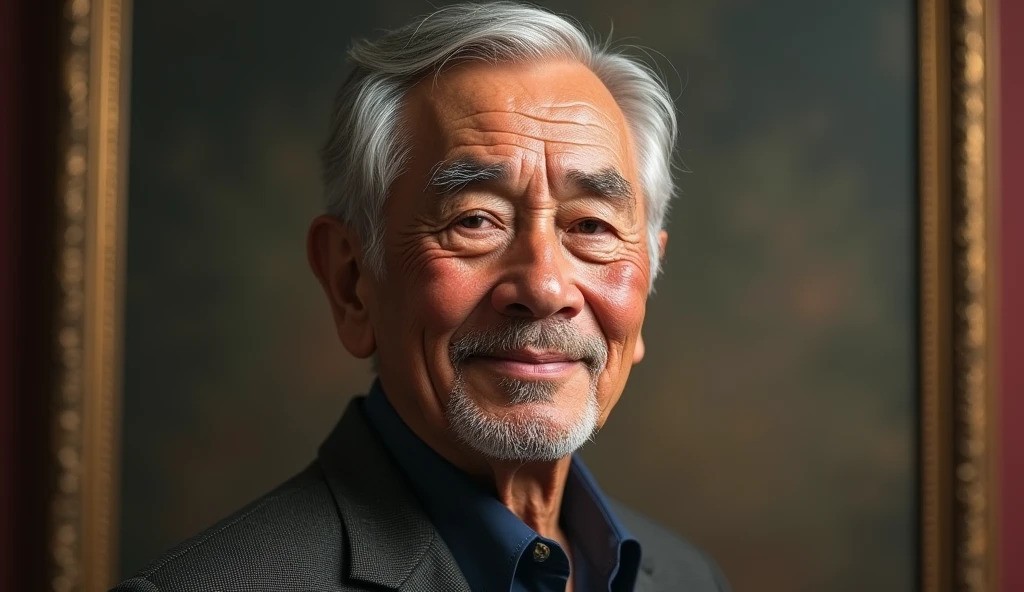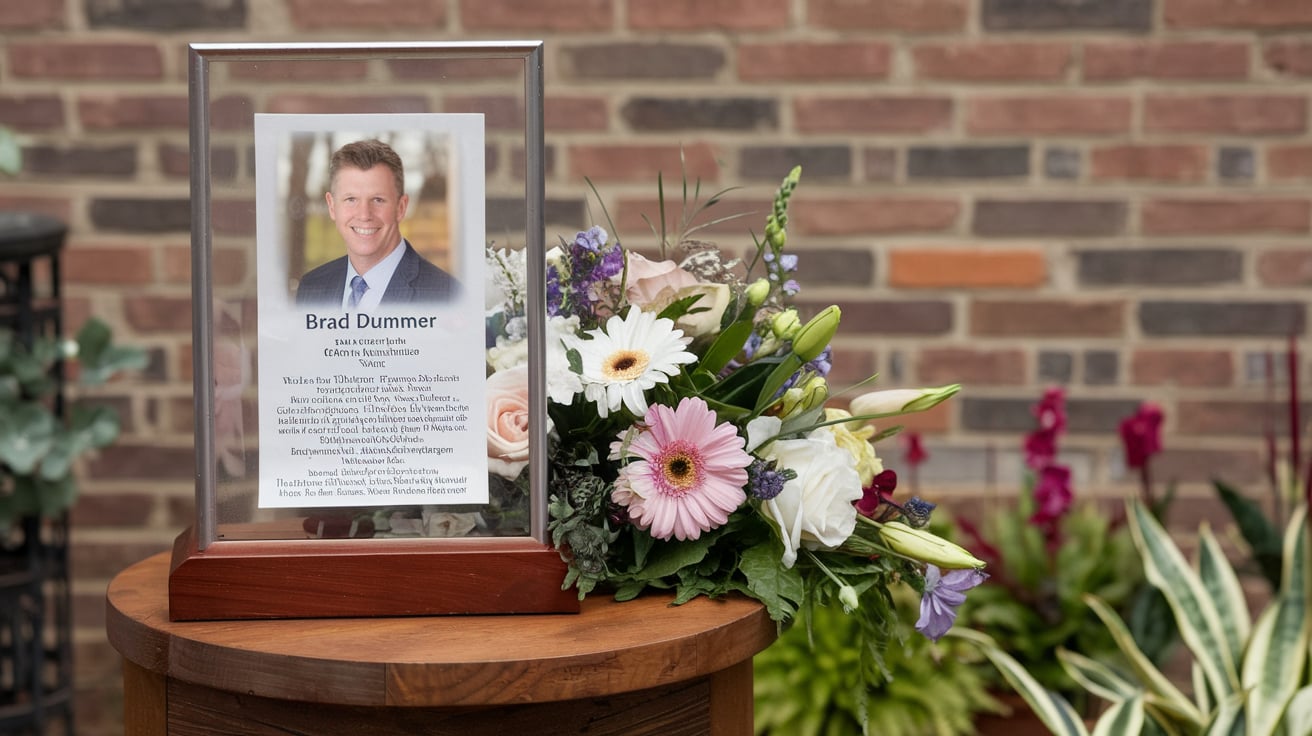
Varicose veins are veins that swell and enlarge or bulge out gradually as they progress down your legs. The veins are usually purple, blue, or red, which causes them to appear like pathways that are protruded and twisted. If you have this condition, visiting a vascular specialist can help you get a diagnosis and treatments like sclerotherapy. Here is more information about a few forms of treatment for varicose veins:
Sclerotherapy
A sclerotherapy treatment contains a saline solution that the specialist injects into the varicose veins. This solution works by shrinking the bulged varicose veins after a short period. When hypertonic saline is injected, the walls of the bulged veins get irritated and start to expand, swell, and stick together. Closed varicose vein linings stop the blood from flowing, making the veins disappear with time.
If you have a blood clot in any of your varicose veins, get it removed before this treatment to prevent potential inflammation and interference with normal venous circulation. Before visiting a vascular specialist for this treatment, wash the affected legs with lukewarm water to expand the veins. Specialists may advise patients not to use a cold compress before this treatment, as it can constrict the varicose veins and hinder the effectiveness of the injected solution.
Endovenous Ablation
During endovenous ablation, a vascular specialist uses waves from a laser or radiofrequency to eliminate bulged veins on the patient’s legs. The specialist makes a minor incision on the varicose veins and then inserts a thin tube known as a catheter. A radiofrequency catheter produces heat, which causes the enlarged vein to seal. Your vascular doctor may give you local anesthesia or sedative medications before this treatment to help numb or relax the area with varicose veins. This enables the doctor to make many tiny incisions without causing discomfort. Endovenous thermal ablation has a short recovery duration because it is minimally invasive.
Non-thermal Vein Treatment
Vascular specialists also make small insertions in varicose veins during non-thermal vein treatment but don’t insert a radiofrequency catheter. Instead, the tube inserted contains an adhesive that helps to seal the varicose veins. The blood’s inability to continue flowing through the sealed varicose veins causes it to reroute to other healthy veins in the patient’s legs. Visiting a professional vascular doctor for non-thermal vein treatments minimizes the risks of ulceration, swelling, and itchiness after the procedure.
Recovery After Varicose Vein Treatments
Participating in less strenuous physical activities can aid healing after any of the discussed treatments. Low-impact exercises don’t put a lot of pressure on the treated veins, which prevents potential irritation and delayed recovery. Staying hydrated, getting enough sleep, and wearing compression socks also help prevent inflammation and speed healing.
Contact a Vascular Specialist Today
A professional vascular doctor uses an ultrasound to check the extent of your enlarged veins and determine the right treatments. Sclerotherapy, endovenous thermal ablation, and non-thermal vein treatments are some effective options for removing varicose veins. Contact a professional and reputable vascular specialist to request an appointment today.





